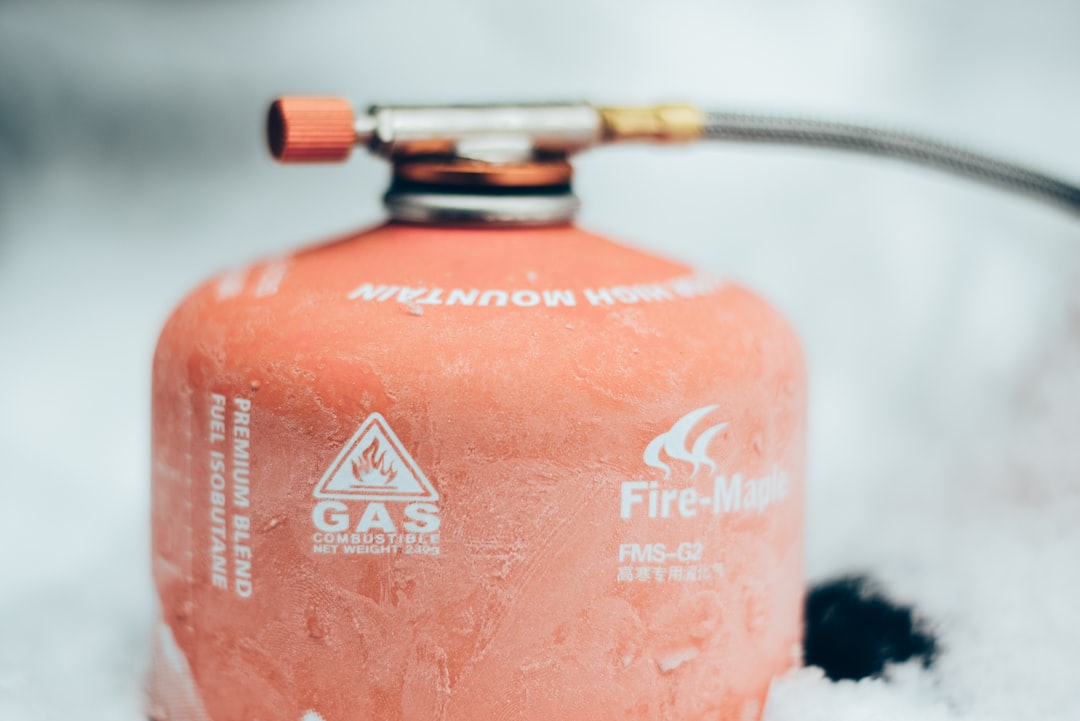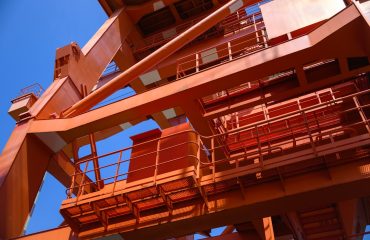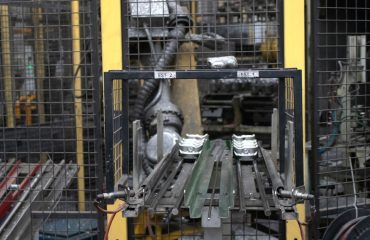High-pressure piping systems are critical components in numerous industries, from oil and gas to chemical processing and power generation. The potential consequences of failure are catastrophic, encompassing environmental damage, property destruction, and serious injury or death. Therefore, understanding and implementing robust safety protocols is paramount. This comprehensive guide explores key aspects of high-pressure pipe safety, offering insights into best practices and crucial considerations.
1. Material Selection: The Foundation of High-Pressure Pipe Safety
The choice of pipe material is the cornerstone of a safe high-pressure system. The material must possess sufficient strength and durability to withstand the anticipated pressure, temperature, and corrosive environment. Common materials include carbon steel, stainless steel, and various alloys, each with its own strengths and weaknesses. Carbon steel is widely used due to its cost-effectiveness, but its susceptibility to corrosion necessitates careful consideration of protective coatings and linings. Stainless steel offers superior corrosion resistance, making it ideal for aggressive environments. High-strength alloys are employed when exceptionally high pressures or temperatures are involved. The selection process should consider factors like yield strength, tensile strength, fatigue resistance, and the specific chemical composition of the transported fluid. Proper material specifications, detailed in industry standards and codes (e.g., ASME B31.1, ASME B31.3, API 5L), must be rigorously followed.
2. Regular Inspection and Maintenance: Preventing Catastrophic Failures
Proactive inspection and maintenance are vital for ensuring the long-term safety and reliability of high-pressure piping systems. Regular visual inspections should be conducted to identify signs of wear, corrosion, leaks, or damage. More advanced non-destructive testing (NDT) methods, such as ultrasonic testing (UT), radiographic testing (RT), and magnetic particle testing (MT), are employed to detect internal flaws and weaknesses that may not be visible to the naked eye. The frequency of inspections depends on factors like the pipe material, operating pressure, age of the system, and the nature of the transported fluid. A well-defined inspection program, including detailed procedures and documentation, is essential. Any identified defects should be promptly repaired or addressed through appropriate mitigation strategies. This proactive approach significantly reduces the risk of catastrophic failures.
3. Pressure Testing: Verifying System Integrity
Hydrostatic pressure testing is a crucial step in verifying the integrity of high-pressure piping systems. This involves filling the system with water and gradually increasing the pressure to a level exceeding the maximum operating pressure. The system is carefully monitored for leaks or other signs of weakness. Pressure testing procedures are meticulously defined in relevant industry standards and codes. The test pressure, duration, and acceptance criteria are carefully determined based on the system’s design parameters and operating conditions. Accurate pressure gauges and monitoring equipment are essential to ensure the test’s accuracy and reliability. Successful pressure testing provides confidence that the system can safely operate at its intended pressure.
4. Emergency Procedures and Response: Minimizing the Impact of Accidents
Despite meticulous planning and maintenance, accidents can still occur. Therefore, well-defined emergency procedures are crucial. These procedures should address potential scenarios, such as pipe ruptures, leaks, or fires. Emergency response plans should include clear communication protocols, evacuation procedures, and the designation of responsible personnel. Regular drills and training are essential to ensure that personnel are familiar with their roles and responsibilities in an emergency. Emergency shutdown systems, including quick-closing valves and pressure relief devices, should be readily accessible and regularly tested. The location of emergency equipment, such as fire extinguishers and first-aid kits, should be clearly marked and readily accessible. A robust emergency response plan can significantly minimize the impact of an accident.
5. Regulatory Compliance: Adhering to Safety Standards
High-pressure piping systems are subject to stringent safety regulations and standards. These regulations vary depending on the industry, geographical location, and the nature of the transported fluid. Compliance with these regulations is crucial to ensure the safety of personnel and the environment. Organizations must maintain detailed records of inspections, maintenance, and pressure testing. Regular audits and inspections by regulatory bodies are conducted to verify compliance. Staying informed about changes in regulations and industry best practices is essential for maintaining a safe and compliant high-pressure piping system. Failure to comply with regulations can result in significant penalties, including fines and legal action.
In conclusion, high-pressure pipe safety is a multifaceted discipline that requires a comprehensive approach. By diligently addressing material selection, inspection and maintenance, pressure testing, emergency preparedness, and regulatory compliance, organizations can significantly reduce the risk of accidents and ensure the safe and reliable operation of their high-pressure piping systems.
SEO Tags:
- High-pressure pipe safety
- Pipeline safety regulations
- Pressure testing procedures
- High-pressure piping systems inspection
- Industrial pipe safety




